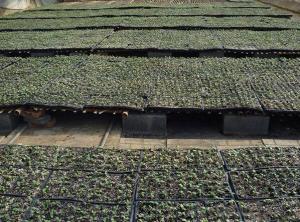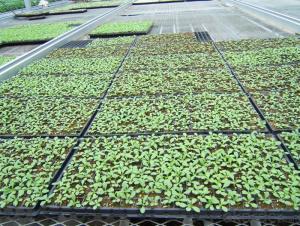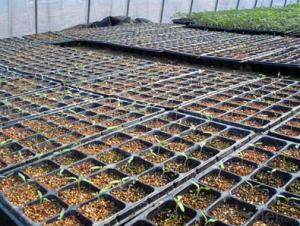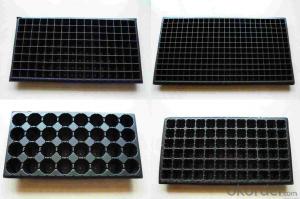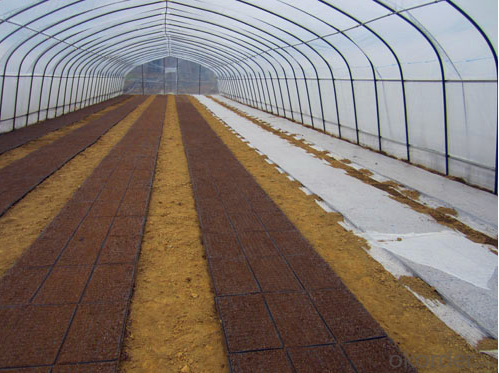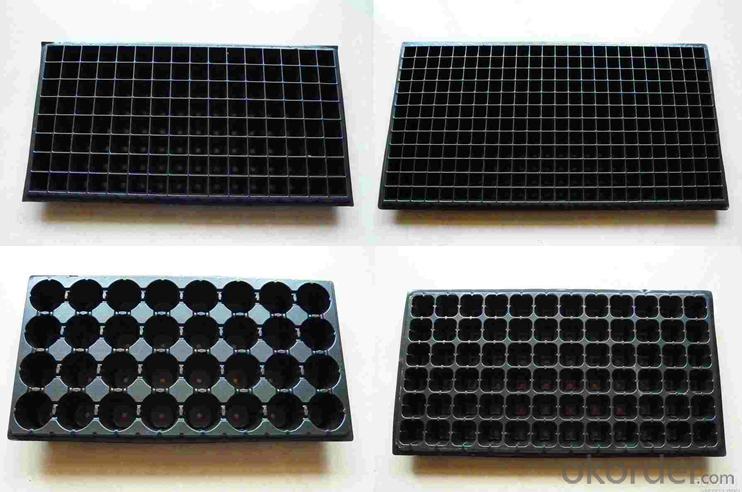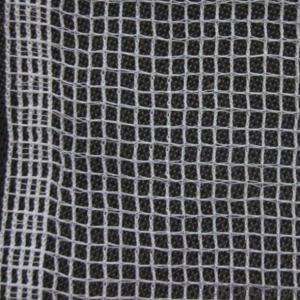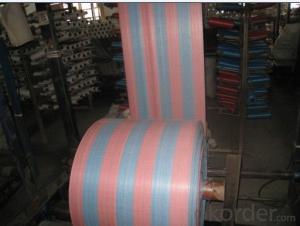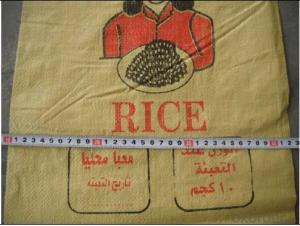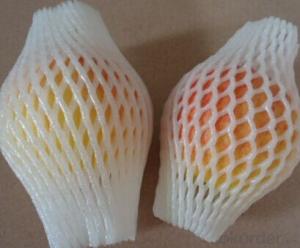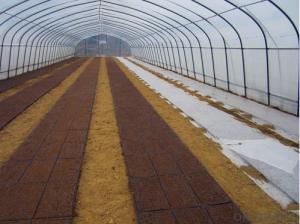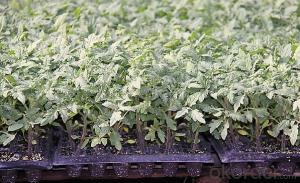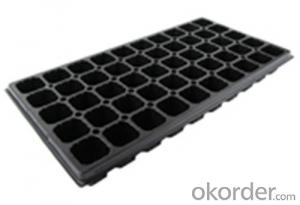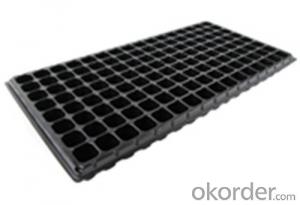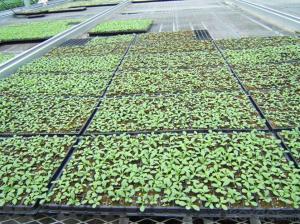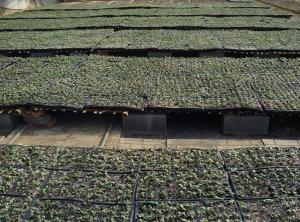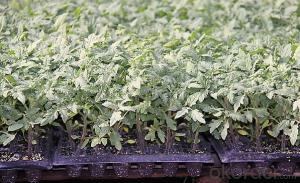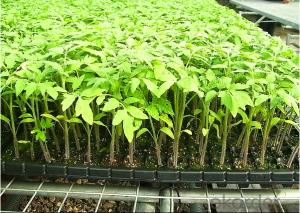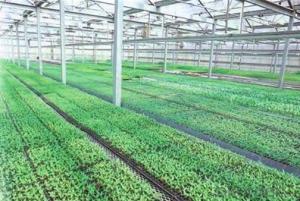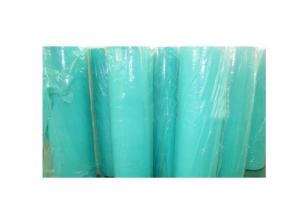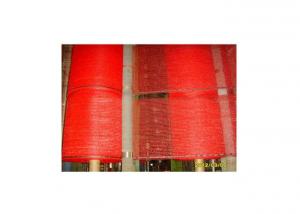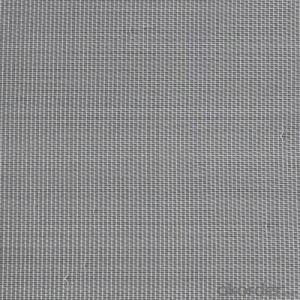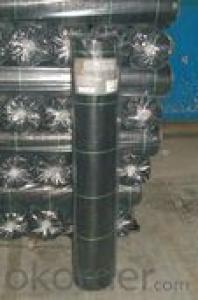Plug Trays (Growing and Seedling) HIPS Made Plastic Plug Tray for Greenhouse
- Loading Port:
- China main port
- Payment Terms:
- TT OR LC
- Min Order Qty:
- 3000 pc
- Supply Capability:
- 50000 pc/month
OKorder Service Pledge
OKorder Financial Service
You Might Also Like
Brief Introduction to CNBM:
CNBM International Corporation (CNBM International) is the most important trading platform of CNBM Group Corporation, a state-owned company under the direct supervision of State-owned Assets Supervision and Administration Commission of the State Council.
CNBM International is highly recognized by its business partners and clients all over the world and has obtained rapid development under the spirit of win-win. We will carry on the mutual beneficial, innovative and revolutionary trading structure as we did before, create value for our employees, share holders and clients and benefit the whole society in our future development.
Features of Plug Trays (Growing and Seedling) HIPS Made Plastic Plug Tray for Greenhouse:
· Material: HIPS
· Thickness: 0.5mm-1.5mm, Standard:1mm
· Weight: 80g(±5)g-230g(±5)g, Standard weight:155g(±5)g
· Size: length:490mm-540mm, width:190mm-345mm,depth:25mm-150mm
· Standard:540mmX280mm
· Cell count: 18-512
· Package: In Carton
· Warrenty: 8-10 times
Picture:
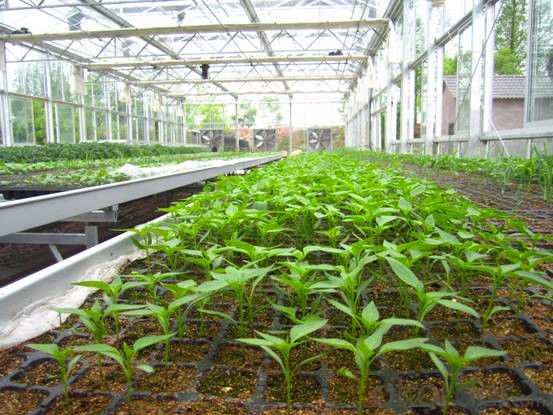
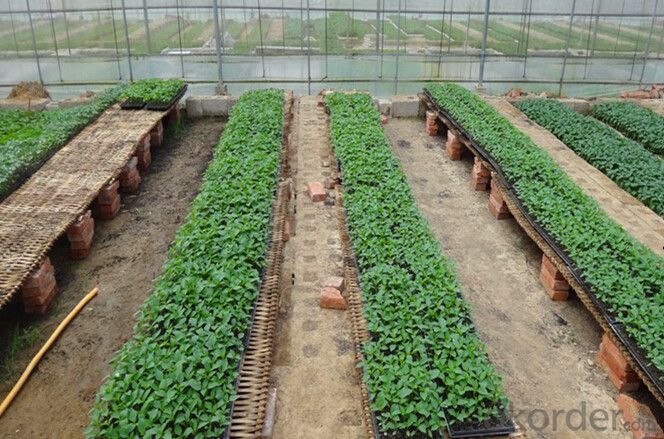
Specification of Plug Trays (Growing and Seedling) HIPS Made Plastic Plug Tray for Greenhouse:

FAQ of Plug Trays (Growing and Seedling) HIPS Made Plastic Plug Tray for Greenhouse:
Q:1.How many times can the seed tray be used?
A: Under the same environment, it is decided by the thickness. Usually 0.6mm thickness can be used for 1 or 2 times.
1.0 thickness can be used for 3-4 times. 1.5 thickness can be used for 8-10 times.
Q: 2.How long is the production time?
A: Usually one to two weeks.
Q: 3.How is the seed tray being packaged?
A: They can be packaged in carton or pallets. Carton size is 1375px*725px*1250px.
- Q: want to make my own plastic fishing lures mold
- Not okorder /
- Q: Are there any regulations for the use of agricultural plastic products?
- Yes, there are regulations for the use of agricultural plastic products. These regulations vary by country and region, but generally aim to ensure safe and responsible use of plastics in agriculture. They may cover aspects such as proper disposal, recycling, and management of plastic waste, as well as guidelines for the use of specific types of plastic products in farming practices.
- Q: Are agricultural plastic products resistant to heat stress?
- Yes, agricultural plastic products are designed to be resistant to heat stress. They are made with materials that can withstand high temperatures without deforming or losing their structural integrity. This heat resistance allows them to be used in various agricultural applications, such as greenhouse coverings or mulch films, where they are exposed to intense heat and sunlight.
- Q: Can nursery trays be used for growing herbs indoors?
- Yes, nursery trays can be used for growing herbs indoors. They provide a convenient and organized way to start herb seeds or propagate herb cuttings. The trays help maintain moisture levels and allow for easy transplanting once the herbs have established roots.
- Q: ...i need to powder coat plastic...can I coat it and then cure it quickly at low temp.?
- I was looking into this exact question a while back. I was trying to find an inexpensive way to make a casting look like it was bronzed. Eventually, I came across conductive ceramic, but at the same time bronzing became affordable. I think you might search first for conductive plastics. The first site shows that plastics can be very conductive to a static charge. Some of the metallic coatings you can get on plastic may also work. The second site is an example of the low temp powder coating materials. The temp is listed at 250 deg.
- Q: How do agricultural plastic products help with temperature control?
- Agricultural plastic products, such as mulch films and greenhouse covers, provide temperature control by creating a protective barrier that regulates heat and moisture levels. They help to retain soil warmth, prevent heat loss, and minimize temperature fluctuations, creating a favorable microclimate for plants. Additionally, plastics can be used to construct shaded structures and tunnels that shield crops from extreme temperatures, reducing heat stress and promoting optimal growth conditions.
- Q: Is there a resource other than plastics? I'm stressed with plastics ending up in oceans and killing marine life, not to mention humans. It's distressing and heart wrenching for the world to experience such a plague.
- I would think you could us wood instead or cardboard or glass or paper but I guess it depends on what you plan on using it for. remember that there wasn't plastic 100 years ago.
- Q: What are the different colors of agricultural plastic and their purposes?
- There are various colors of agricultural plastic used for different purposes. Black plastic helps to heat the soil, suppress weed growth, and retain moisture. White plastic reflects sunlight, reducing heat buildup, and is often used in hot climates. Clear plastic allows maximum light penetration, promoting plant growth, and is commonly used for greenhouse covers. Red plastic is used to stimulate early fruiting in certain crops. Blue plastic is believed to deter insects, while yellow plastic attracts them, helping with pollination. These different colors serve specific purposes in agriculture, aiding in crop production, weed control, pest management, and overall plant health.
- Q: What are the different types of plastic tunnels used in agriculture?
- There are several types of plastic tunnels used in agriculture, including low tunnels, high tunnels, and hoop houses. Low tunnels are smaller structures made with a layer of plastic covering a row of crops, providing protection from frost and pests. High tunnels are larger structures with a curved or arched shape, often used for growing crops year-round. They have sidewalls and roll-up or drop-down curtains for ventilation. Hoop houses are similar to high tunnels, but typically have a larger footprint and are used for commercial-scale production. They are constructed with hoops made of plastic or metal and covered with a layer of plastic for temperature and moisture control.
- Q: Can agricultural plastic be used for organic farming?
- No, agricultural plastic cannot be used for organic farming as it goes against the principles of organic farming which aim to eliminate synthetic materials and chemicals.
Send your message to us
Plug Trays (Growing and Seedling) HIPS Made Plastic Plug Tray for Greenhouse
- Loading Port:
- China main port
- Payment Terms:
- TT OR LC
- Min Order Qty:
- 3000 pc
- Supply Capability:
- 50000 pc/month
OKorder Service Pledge
OKorder Financial Service
Similar products
Hot products
Hot Searches
Related keywords
